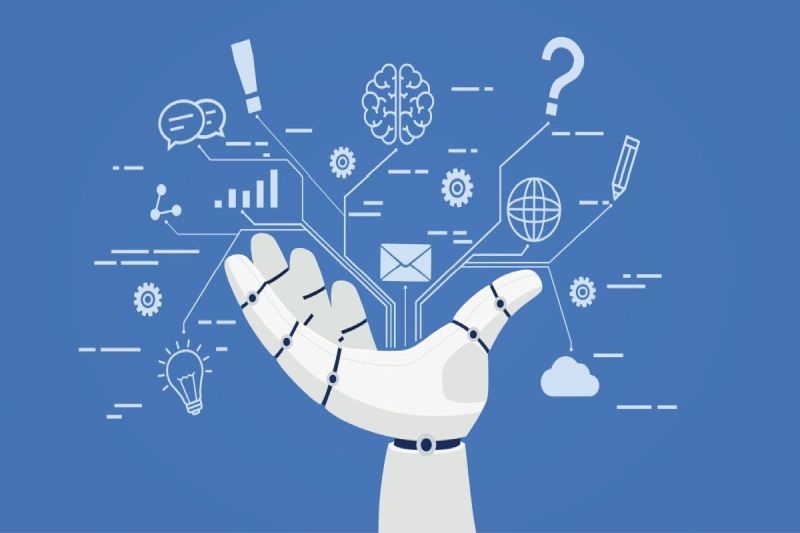Following its introduction, artificial intelligence (AI) has been increasingly prevalent in the financial services industry, assisting with millions of consumer requests annually and automating back-office tasks.
According to Tim Christensen, senior vice president of product, digital, innovation, and AI at Synchrony, “but many of those traditional AI and machine learning tools were largely constrained to the teams that understood them and knew how to implement them,” PYMNTS reported.
The most recent installment of the “What’s Next in Payments” series, which focuses on the development and prospects of artificial intelligence in banking, payments, and commerce, includes Christensen’s remarks.
According to Christensen, the relatively new technology known as generative AI has democratized artificial intelligence and made it accessible to banks and companies of all sizes and in all industries.
“Everyone understands how it can be used and can imagine different ways it can change their job and their products,” he said.
He stated that whenever it is used, generative AI has been crucial in bringing about essentially new capabilities like context awareness and prediction.
Using a Calculated Approach
Additionally, it incorporates “non-deterministic technology, for the first time, into these businesses,” according to him. This implies that ten distinct answers or ideas could result from posing the same question or working on the same topic. He claimed that because of generative AI’s versatility and wide variety of applications, designers and users must approach the creation and application of the models in different ways.
“You can’t just build an experience with AI, put it in front of a customer, and slap a disclaimer on it that says, ‘AI results may be inaccurate’ and think that’s good enough,” said Christensen. For companies such as Synchrony, a judicious approach to risk management and considering new use cases thoroughly is critical.
While many financial institutions already use chatbots, Christensen stated that “going even further… with cardholder data, customer data, or going deeper into a person’s financial products gets a lot riskier” when asked how the legal landscape could change in the future by PYMNTS.
Over time, regulatory frameworks will be built. Over the past few months, Synchrony’s internal AI governance team has been given even greater authority over the company’s AI initiatives.
In the interim, generative AI, according to him, can enhance back office coding and produce content that empowers agents in their customer interactions. This is all while upholding the significance of the “human in the loop,” which facilitates smoother operations as compliance, regulatory, innovative, and technological efforts come together.
Christensen stated, “If we can make thousands of engineers a bit more efficient, well, that has a great return on investment,” giving a nod to the size of Synchrony’s business.
Speaking to customers directly, Christensen stated that Synchrony has been experimenting with ways to use AI to enhance commerce and the ways in which customers look for, find, and check out the goods and services they require from the bank’s thousands of merchant partners.
“The shopping journey is constantly evolving as technology evolves,” Christensen said. Elsewhere, the company, with trillions of data points tied to its consumers on hand, “can experiment with and change the experiences in ways that are positive for the customers and are delightful from a commerce perspective.” Generative AI, he said, can help “connect the dots” and “fill in the blanks” as consumers shop.
Furthermore, Christensen predicted that “this technology will be transformative” in the coming months and years. It will alter the experiences of both consumers and employees because new technology rarely transforms our daily lives in such a profound way.


 Entertainment3 weeks ago
Entertainment3 weeks ago
 Entertainment3 weeks ago
Entertainment3 weeks ago
 Entertainment3 weeks ago
Entertainment3 weeks ago
 Entertainment3 weeks ago
Entertainment3 weeks ago
 Entertainment4 weeks ago
Entertainment4 weeks ago
 Entertainment3 weeks ago
Entertainment3 weeks ago
 Entertainment4 weeks ago
Entertainment4 weeks ago
 Entertainment2 weeks ago
Entertainment2 weeks ago














